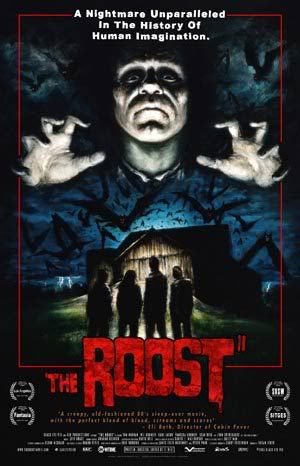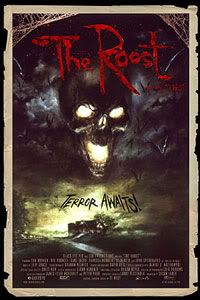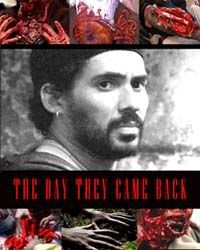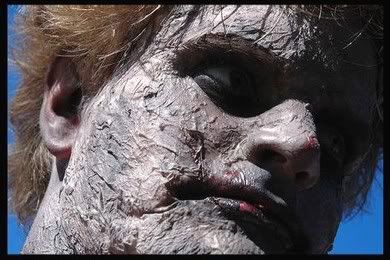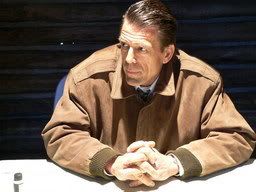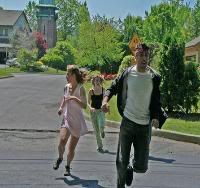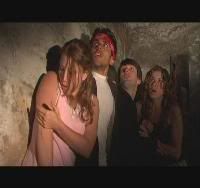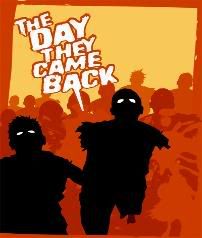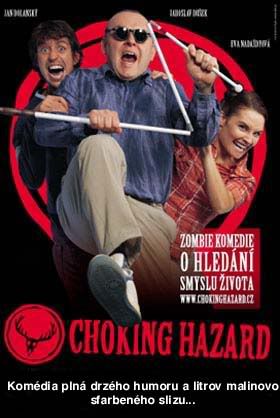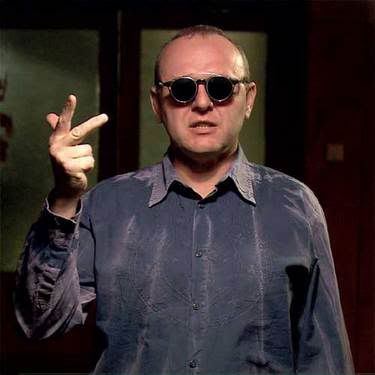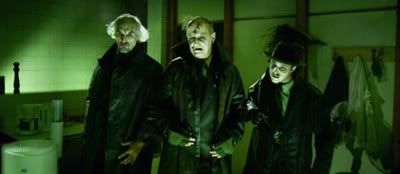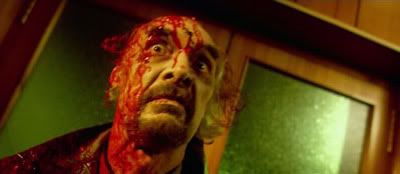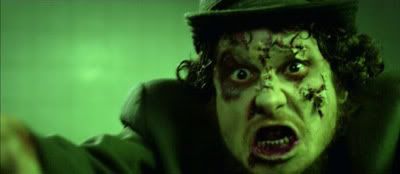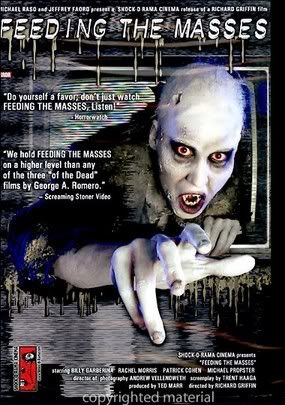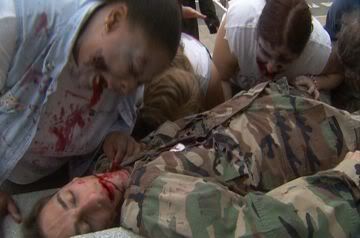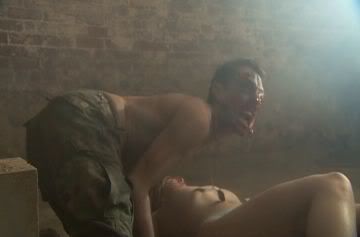Undead - 2002

When brothers Michael and Peter Spierig set out to make a zombie movie, they did it with an originality and flair that was unexpected. Most low budget zombie films rip-off the Romero tradition shamelessly and callously, or they innovate with fast-moving zombies, slow-moving plots, and tired old premises. Not so with Undead. Undead takes a new look at zombies, while still keeping much of the original conventions and adding a new spin on the legends. It’s also a joy to watch; the gore and the special effects, all made at the hands of the two filmmakers and a computer are nothing short of brilliant and amazing.
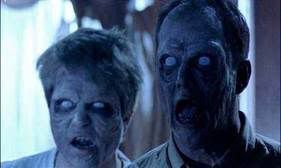
A strange acidic rainfall, corpse-like reanimated Zombies, and extraterrestrial comets, spaceships, and aliens suddenly victimize a small town in Australia. When everyone in town succumbs to the strange invasion, the only surviving humans must band together to survive, as well as solve the mystery of what has happened to their beloved community. The cast is an assortment of normal humans we might find in our own neighborhoods; there’s Rene, the pretty local beauty pageant winner; Marion, the town Looney and gun enthusiast; Dirk and Emma, small-town police officials; and the pregnant Sallyanne and her lover Wayne. When they hole up in Marion’s house, they quickly learn that they will become zombie food if they don’t make a move, and fast, to get out of town. If only the aliens hadn’t built a huge extraterrestrial wall around Berkeley, they might be able to drive out, but there seems to be no escape. With Sallyanne going into labor, the acid rain burning them as it pours down, and a strange sickness developing around them all, Rene must learn to lead, or to allow her and the rest of the survivors to perish.
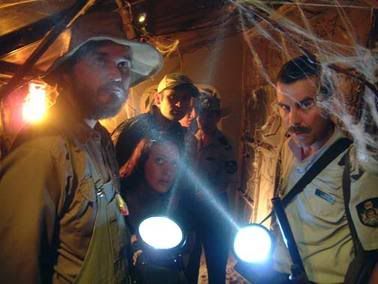
This film is compared to Night of the Living Dead and Dead Alive, but to my eyes this Australian zombie movie seems more like early Peter Jackson work. It’s low budget, but well made, and while it is extremely gory and gross, it’s still really funny and campy at just the right moment. Based on an earlier trilogy of films made by the Spierig brothers called The Undead Trilogy, it’s an homage and a cool sci-fi horror movie that seems almost too expensive, too advanced, and too professional, to be just like all the other crappy zombie movies coming out. With a 1950’s feel and a real science fiction element, “Undead” has a similar feel and tone to movies like Night of the Creeps and Critters 2. It has very cool special effects, and some really unnervingly violent gore sequences that shock and amuse. John Woo type action sequences and stunts add an awesome action-film ingredient that lends some spice to a tired sub-genre. Felicity Mason and Mungo McKay give great performances as Rene the beauty and Marion the outcast. Felicity has the ability to play a believable victim while not pathetically giving in to ancient stereotypes of women in distress. Mungo McKay is half hero and half weirdo, a sort of Van Helsing/NRA member crossbreed who concocts new ways to use rifles, and to destroy zombies. The funniest character in the film, Constable Harrison, is played by a very funny Dirk Hunter to perfection. The cussing, nervous, and egotistical cop is a thoroughly needed comic relief for a death-weary audience at just the right moments.
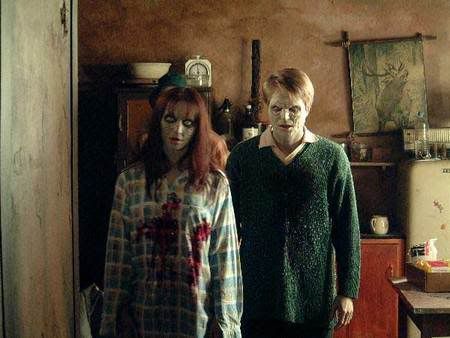
Undead is different from other zombie films, but remember that it is still a zombie movie. It doesn’t make any new innovations in the zombie mythos, but it does add on to the modern folkloric legend by preserving the tenets of Romero’s zombies, while being able to have some fun with the science fiction genre as well. Undead is really fun and really gory. It’s the perfect film for people who wish there were more films from Peter Jackson’s early repertoire.
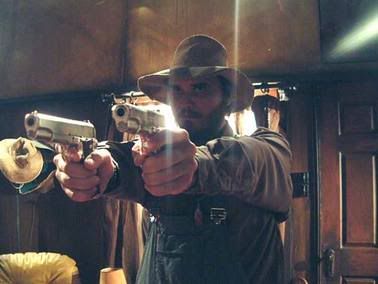
Written and directed by: Peter and Michael Spierig
Featuring: felicity mason, Mungo McKay, Rob Jenkins, Lisa Cunningham, Dirk Hunter, and Emma Randall
2002
104 minutes
Review by Heidi Martinuzzi.
